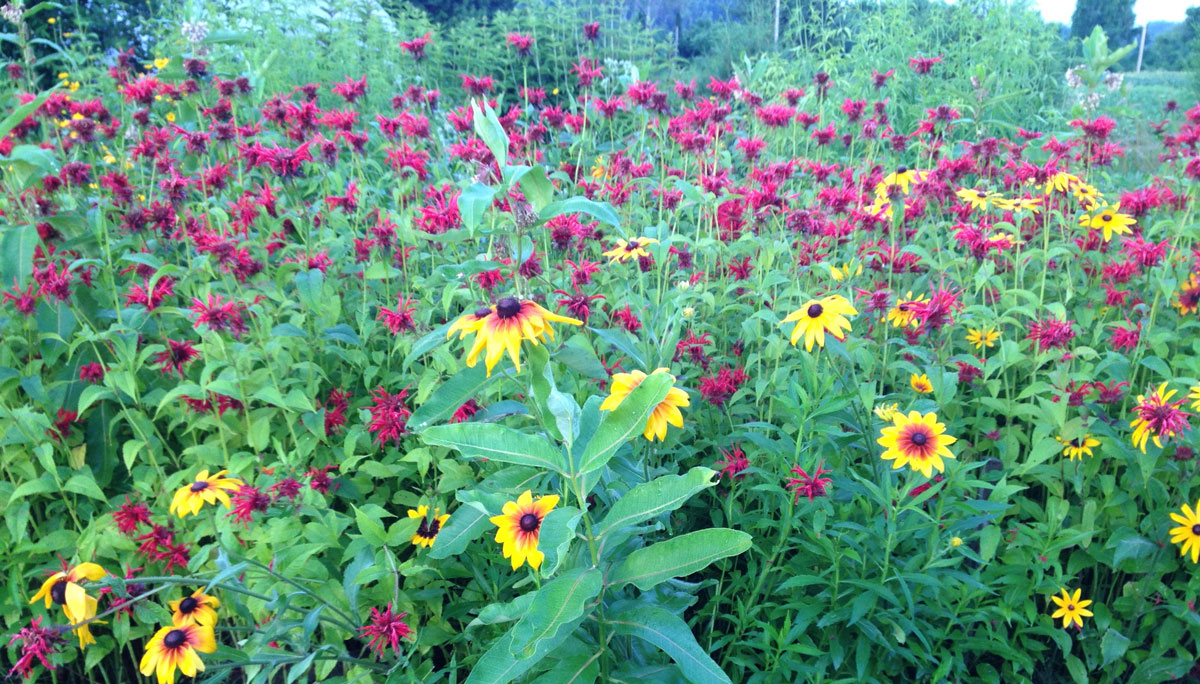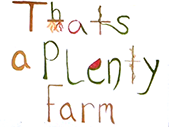Guidelines for a successful pollinator garden
For a successful pollinator habitat, do less

Guidelines for your pollinator habitat
1. Ever blooming
In order to take up permanent residency in your garden, pollinators need constant sources of nectar and pollen, early spring to late fall. Select at least 3 different native flowers (and plant at least 3 of each plant) for early-, middle-, and late-bloom. Choose basic wildflowers, not fancy ornamental blooms.
2. Plant “islands”
Help native bees conserve energy by planting like-flowers together in clusters, so they won’t have to fly far for the next blossom.
3. Leave nesting areas
Native bees are solitary. They dwell in snags of brush and drill holes into bare soil; some prefer abandoned mouse holes. So leave “mess” undisturbed for native bee habitat. A wide range of insects will overwinter in the shelter of your untrimmed plants.
4. Provide water in a shallow dish
Put out a birdbath or other shallow dish, with stones or seashells for easy footing. This allows pollinators safe access to drinking water.
5. Don’t spray
Needless to say, pesticides are designed to kill insects; don’t spray. Remember that nature has its own system of checks and balances: every creature is food for another one. Ladybugs feed on aphids, for example, so if you kill the aphids, you’ve destroyed the ladybug’s food! Leave your garden undisturbed and watch nature’s balance unfold. Even when your plants start to die back, there is a whole complement of insects whose job it is to turn that plant back to soil. Let your habitat unfold naturally.
6. Don’t use bark mulch
Bark mulch has two purposes: to discourage the growth of weeds, and to retain moisture in the soil by limiting evaporation. But bark mulch is impenetrable for ground-dwelling pollinators. Better to use a low ground cover, violets, Dutch white clover, or pachysandra, which would make nifty habitat for toads. Pollinators need areas of exposed-but-sheltered soil for nesting.
7. Interfere as little as possible
Dandelions? White clover? Wild mustard? These are some of our most important bee plants, as they bloom when other plants are not quite ready. Leave the mess, make a pile of pruned branches and grass trimmings (the worms will thrive in the soil beneath the pile), and set the mower blade at its highest setting—there are tiny lives in there!
Learn more: Looking for information about safe pesticides? See what xerces.org has to say.
